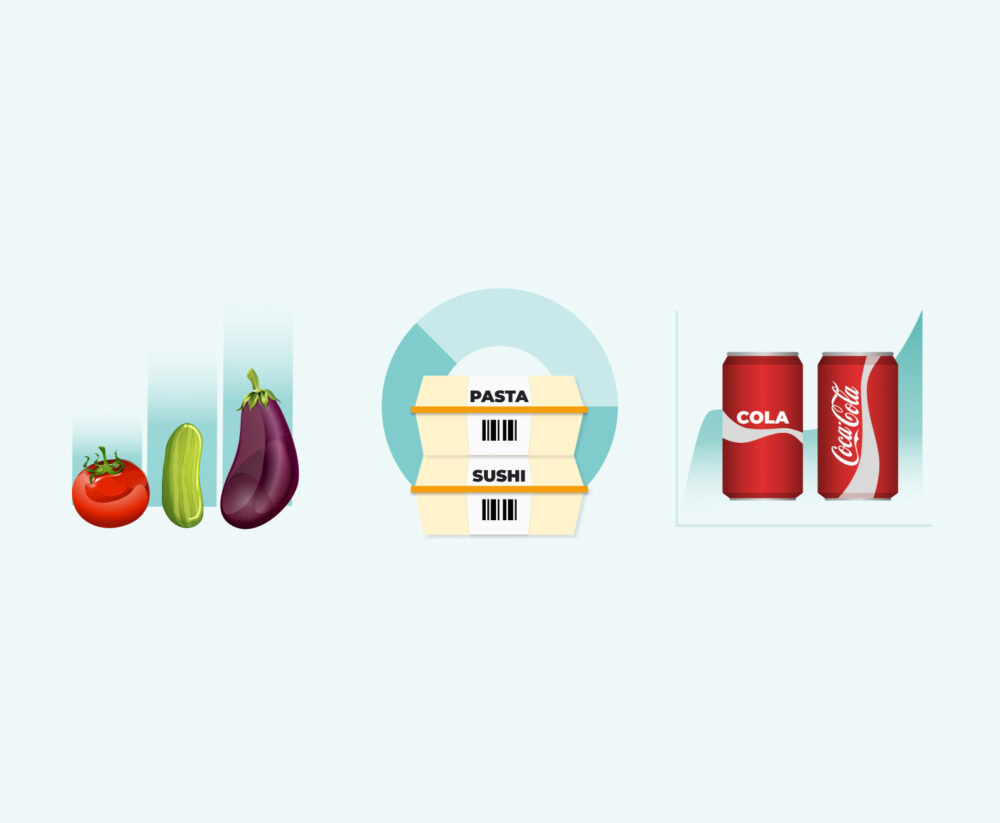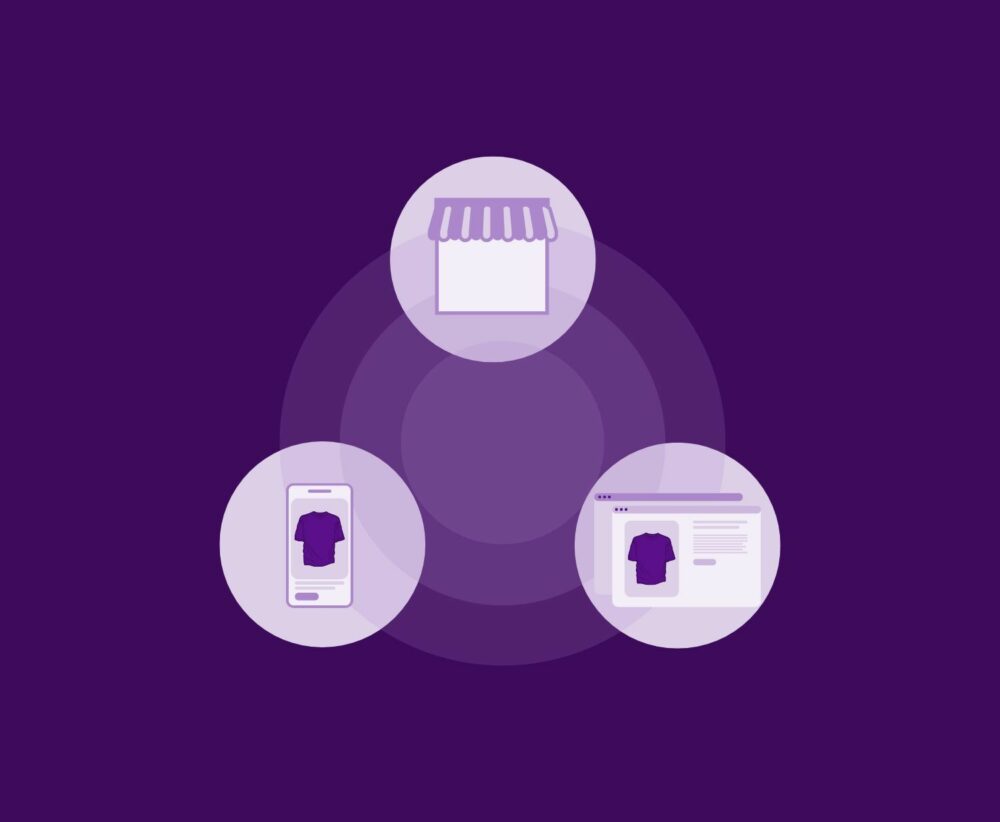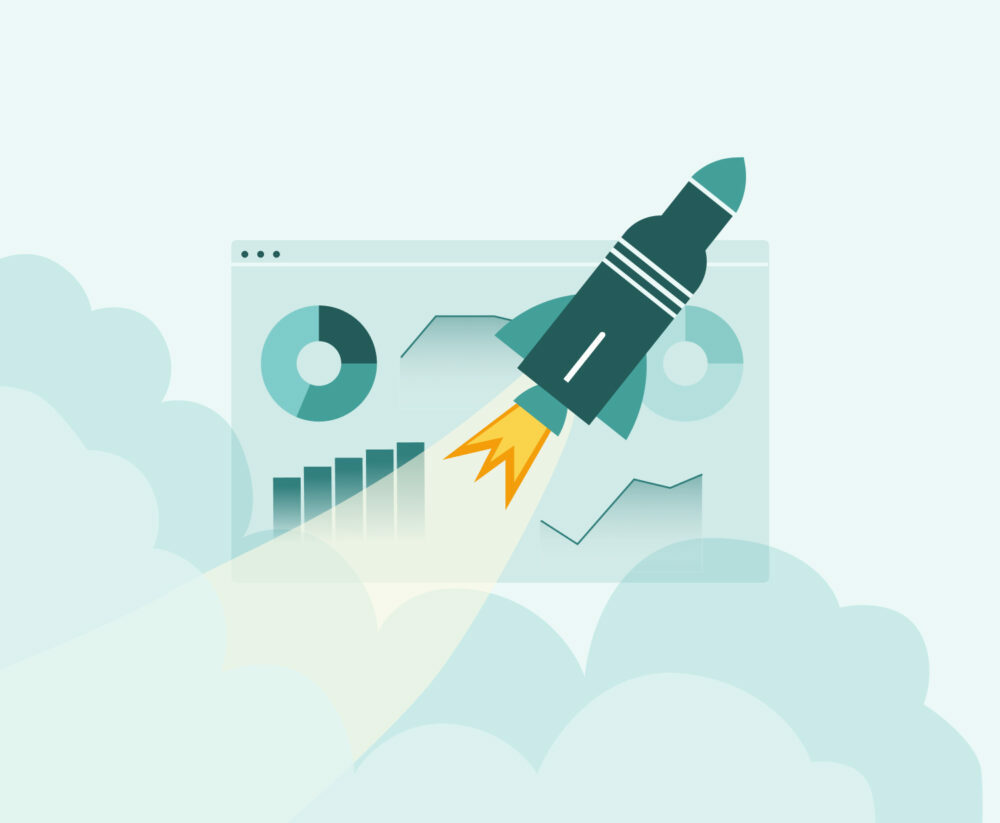The impact of Digital Shelf data on strategic decision making
Every day, 205 million people worldwide turn to online shopping to meet their needs for a wide variety of products. For consumers, checking the Internet whenever they have a purchase in mind is already part of their routine, regardless of what they are looking to acquire.
It cannot be denied that online shopping is very popular nowadays. But will it continue to be so in the years to come? Some research indicates that this is something that goes beyond a trend consumers will continue to shop online in the coming years.
According to Forbes, by 2026, it is expected that 24% of retail purchases will be made online. This percentage of purchases will reach the sum of 8.1 trillion dollars. And if we want to go a little further, experts predict that if the trend continues at the same pace as it has been so far, by 2040, 95% of purchases, regardless of their nature, will be made exclusively through online retailers.
With all this data available to any business, those who do not hop on the e-commerce bandwagon risk losing a huge amount of money. This is where Digital Shelf Analytics tools have come to stay.
Companies wishing to reap the greatest benefits through e-commerce must analyze all possible market insights.
We want to focus on what can be done with a digital shelf analytics tool. And on how the data we obtain through it will impact, in one way or another, the strategic decisions made by the company.

What benefits can you obtain from using a Digital Shelf Analytics tool?
Using a tool like flipflow you will obtain a series of benefits for the different consequences that your pain points are associated with:
Distribution Network
With such tools, you can control all the details of how your distribution network markets your products. This information ensures they meet the requirements you’ve set. By meeting these requirements, you can maximize your revenue.
Competitor Monitoring
Monitoring your competitors’ actions provides real-time actionable insights. Additionally, you’ll obtain this data more efficiently and at a lower cost.
Thanks to this information, you can reliably respond to their actions to gain competitiveness.
Positioning Control
You’ll control your position across the entire Digital Shelf. You’ll have information on each of your product listings, as well as visibility in categories and searches compared to your competitors. This applies to both organic and retail media. Consequently, you will be able to optimize your presence on digital shelves, enhance your brand presence, and maximize sales.
Comprehensive Market Information
You’ll have market information at all levels, daily, and for any country or category worldwide. This will enable you to make the best decisions swiftly and accurately. And without investing large sums of money, time, or resources.
How is Digital Shelf data impacting decision-making?
In the previous section, when discussing the benefits of using a Digital Shelf Analytics tool, we mentioned the possibility of having real-time data. This will be one of the main impacts on digital shelf data-driven decision making. But not the only one:
Updated and Real-Time Information
Until recently, if you wanted to know the market situation for a certain product, you had two options:
- Send your sales representatives to scout the stores where the product was physically sold.
- Rely on market studies conducted by large global companies dedicated to data analysis (such as Kantar or Nielsen).
Both options entail significant costs, both economically and in terms of time. Furthermore, if you opted for the second option, you had to invest even more time in dissecting the report you had purchased. Because large consulting firms do not only research the product of your interest, but a miriad of products in the market. Therefore, you had to search for the information relevant to you and transform it into more specific reports for your business teams.
Today, this has been transformed in a remarkable way. Thanks to the data available on the Internet, with a good market analysis platform, you can have the information you need updated in real-time. Without the need to leave your office, saving time. And also saving on investment in market studies.
And although you might think that digital world data won’t correspond to physical world data, it has been proven otherwise. In a sector as large as Fast Moving Consumer Goods (FMCG), even though online transactions account for only between 2% and 5% of sales, the parallelism of assortments, promotions, and prices reaches 95% between the two worlds.
Your brand, 100% geolocated
Another advantage that is greatly impacting strategic decision-making thanks to the data obtained from the Digital Shelf is the ability to have your brand completely geolocated.
What does this mean? It means that you can know in detail the number of products in stock, the price at which they are being sold, or the promotions being applied to your brand at any retailer of interest. And this retailer can be located anywhere in the world. With online market analytics, we can locate your product down to the postal code or region of a country.
Let’s say you sell a product in a huge Latin American country, where you have to monitor over 75 regions. Until recently, to constantly and detailedly analyze the market, you would have had to send your sales representatives all over the country, with the consequent expense. You would also lose time and the opportunity to immediately counteract competitor operations. Nowadays, you can avoid this. With a tool like flipflow you can have detailed information at any moment from any country, region, channel, or postal code of interest. And you can act instantly, as this major food brand already does thanks to our platform.
Maximum granularity in your data and innovation
Another significant impact that market analytics is bringing is the ability to obtain data at the highest granularity. This refers to the level of detail of the data you will obtain. The more detail, the greater the granularity.
With the previous examples, it’s already clear that the level of detail achievable with a market analytics tool is immense. But we can still provide more to ensure the information is comprehensive.
For example, studies can be conducted by product material or volume, as this pet care brand does with the sanitary products it manufactures.
Additionally, detailed insights into the competition’s innovation efforts can be discovered, allowing your product innovation teams to have real-time information. This enables them to react promptly and keep the business competitive. This is a possibility already implemented by a Spanish manufacturer of fruit and vegetable juices and smoothies. In addition, this manufacturer also controls production by ingredient and product type, the same use case that we talked about in the previous paragraph.
Conclusion
In a world where online purchases are constantly growing, the impact of data obtained through Digital Shelf Analytics is more crucial than ever. With the prediction that a significant percentage of retail purchases will be made online in the coming years, brands cannot afford to ignore the potential of this channel. Digital shelf analytics tools provide a comprehensive view of the market in real-time, enabling companies to adapt quickly and make informed strategic decisions.
Ultimately, the impact of Digital Shelf data on strategic decision-making is undeniable. Brands and manufacturers that adopt a digital market analytics tool will be in a privileged position to maximize e-commerce opportunities and stay ahead in an ever-evolving market. Those that do not, risk falling behind and losing a significant market share. In today’s digital world, information is power, and companies that leverage digital shelf data to the fullest will be better positioned for long-term success.



